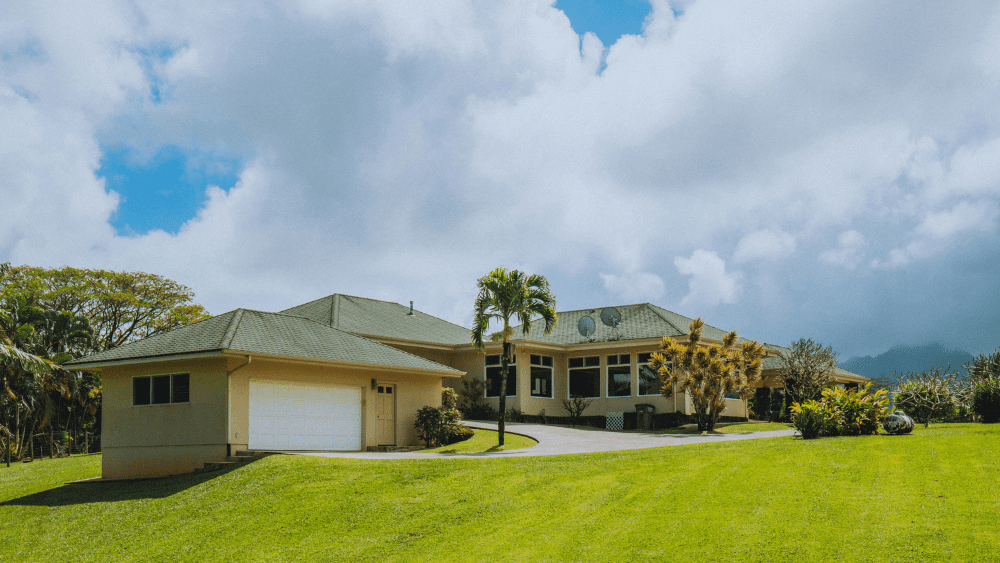In this episode of The Inside Look, Senior Commercial Real Estate Economist Xander Snyder explains how a surge of new luxury apartment deliveries can ripple through the market and impact every tier of multifamily housing - a process known as filtering. Watch below and subscribe to the CRE Insider blog for additional First American Title NCS insights. Transcript: New Apartment Supply Heavily Concentrated in Class A Properties We’re in the midst of a wave of new apartment deliveries, and a lot of new apartments are set to be delivered to market this year. Most of them, though, are Class A units. At first glance, this might suggest that this new Class A supply won’t impact rents for lower-quality units. After all, if someone can’t afford Class A rent, then new Class A supply coming to market doesn’t really help them, right? Not necessarily! Let’s take a look at why. The A, B and C’s of Apartment Quality Class A properties have more amenities than new Class B properties, which is sometimes referred to as “workforce housing”. Class C properties, meanwhile, are typically older buildings with more affordable rents. Over time, buildings that began as Class A can become Class B as they get older, and newer, nicer units become available to replace them. The same thing happens to Class B buildings over time – they can turn into Class C buildings either as newer Class B buildings are built or as Class A buildings age into Class B stock. Filtering New Class A apartments typically attract renters at the higher end of the existing Class A market. If you’re already in a nice apartment, then you really need something new and amenity-rich to pull you out of it. As people who can afford to move into the nicest, newest apartments, some of the existing stock of not quite as nice Class A stock opens up. Who fills that now vacant, nice but not quite as nice, Class A stock? Either other Class A renters looking for a new apartment, or Class B renters looking to upgrade. New supply can therefore pull demand from lower quality stock, increasing availability at all levels. This process, where new supply “filters” through different layers of quality, is called “filtering”. Why Filtering Matters Why does filtering as a concept matter? Well, imagine you’re an investor that wants to purchase a Class B apartment property in a city with a lot of new deliveries of Class A units scheduled in the first 18 months of your investment. If you think that the new Class A supply won’t impact your Class B rents, since new Class A units will only be attracting other Class A renters, then you might conclude that your Class B rents are insulated from this new supply and won’t be impacted. But if you take filtering into account, then you might recognize that Class B rent growth could soften or decline due to a large new supply of Class A units. Events I’ll in Indianapolis in mid-September to give a talk about the state of the CRE economy at an event being held by First American’s National Commercial Service’s. I’ll also be in Detroit in mid-October, at another First American Event. If you’re interested in attending either, please reach out to your local First American Representative.



















 English (US) ·
English (US) ·